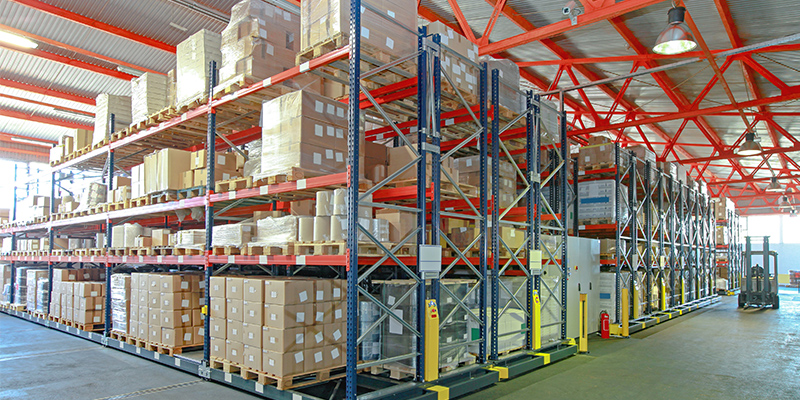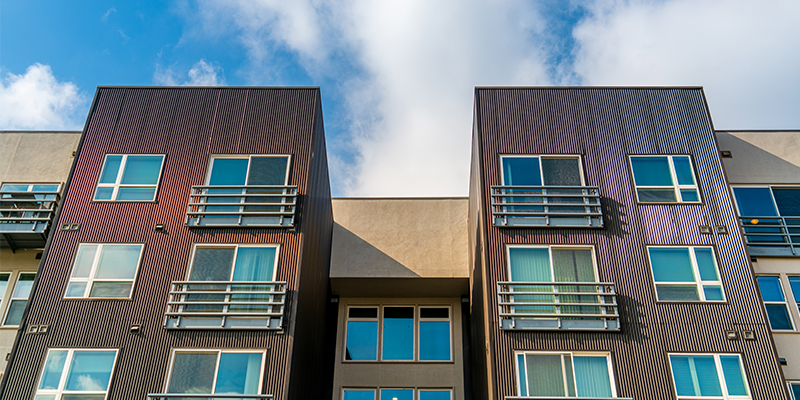Prior to the rise of e-commerce, industrial real estate was among the asset classes most immune to change. However, thanks to the rising logistical needs of retailers, increasingly specialized production methods and global supply chain issues, the industrial market has been significantly transformed in the last decade, with an increasingly large volume of industrial real estate being delivered each year.
To analyze the progression of the industrial real estate market over the last decade, commercial real estate listing platform CommercialSearch published an industrial decade report analyzing the amount of industrial space delivered each year since 2012 in the 30 main industrial markets of the U.S. For additional context, CommercialSearch also looked at the largest properties to be completed each year, as well as the progression of industrial sales volumes over the last decade.
Yearly Industrial Real Estate Developments Double in 25 of 30 Markets in Last 10 Years
The study found that industrial development sped up in most markets across the last decade, with 25 out of 30 markets delivering more than twice the amount of industrial space in 2021 than the amount completed in 2012.
Dallas-Fort Worth (DFW) saw the most total industrial development between 2012 and 2021 with 208.6 million square feet. The majority of this volume was delivered in the latter half of the decade as the DFW Metroplex solidified itself as a manufacturing and logistical center, with 2016 alone seeing 31.1 million square feet of industrial space delivered. Despite a drop from 28.4 million square feet in deliveries in 2020 to 24 million square feet in 2021, DFW was still the industrial market to deliver the most space last year.
Chicago had the third most new industrial space constructed in the last decade with 154.3 million square feet, below 180.5 million square feet in California’s Inland Empire. Last year saw the largest volume of Chicago industrial space ever delivered in the market with 23.99 million square feet, a considerable increase from the 3 million square feet delivered there in 2012.
Last year also saw 17 million square feet of new industrial space hit the Houston market — a year-over-year drop compared to an all-time high of 19.3 million square feet in 2020, but still a considerable increase from the lower volumes delivered between 2012 and 2019 in the market.
The Inland Empire — an area encompassing parts of Riverside County and San Bernardino County — remained at the center of West Coast logistics, being an essential transport corridor for shipping passing through the Port of Los Angeles. The Inland Empire delivered more industrial space than any other market in the region every year since 2012 with an all-time high of 28.7 million in 2020, though last year saw completions drop to 11.1 million. Still, the market delivered 180.5 million square feet of industrial space in total since 2012, the second most out of all markets.
In the Northeast, New Jersey saw the most new industrial space being constructed every year between 2013 and 2018, with a regional record of 9.9 million square feet delivered in 2017. However, a gradual increase in industrial completions in Philadelphia in recent years saw the market overtake New Jersey in 2019 and 2021, also setting a new regional record last year with 12.7 million square feet of new space.
Meanwhile, Atlanta dominated the Southeast in deliveries each year between 2015 and 2020. However, Memphis saw 9.4 million square feet of new industrial space completed last year, overtaking Atlanta.










